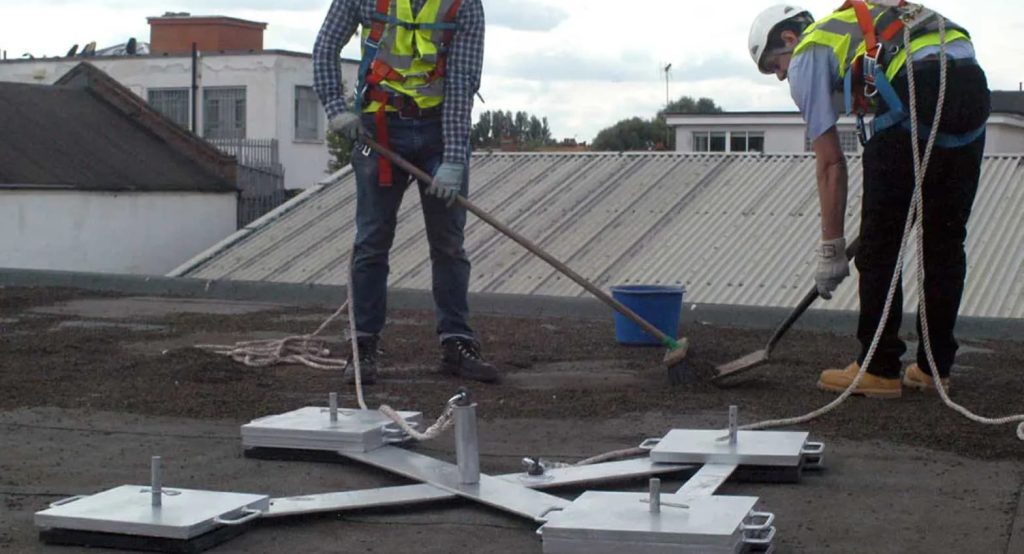In the world of construction and home improvement, the stability and durability of a structure’s topmost layer are paramount. This is where the choice between temporary and permanent roofing solutions becomes crucial. Among these options, anchor roofs stand out for their reliability and robustness. This article delves into the various aspects of selecting and installing an anchor roof, offering a detailed guide to homeowners and builders alike.
Understanding the Basics
Before diving into the specifics, it’s essential to grasp what an anchor roof entails. Simply put, it refers to a roofing system designed to provide superior resistance against environmental factors such as wind, rain, and snow. These systems are anchored securely to the building structure, ensuring that they remain intact in even the most adverse conditions.
Temporary vs. Permanent Solutions
When considering roofing options, one of the first decisions to make is whether a temporary or permanent solution fits your needs best. Temporary solutions might be suitable for structures that are not intended to last long or are awaiting further construction work. On the other hand, a permanent roofing system is ideal for buildings that require long-term protection and stability.
Choosing the Right Materials
The longevity and effectiveness of a roofing system heavily depend on the materials used. For those opting for a permanent solution, materials such as metal, slate, and high-quality shingles are popular choices. Each material comes with its set of benefits, ranging from durability to aesthetic appeal. It’s crucial to consider factors such as climate, building design, and budget when selecting the appropriate materials for your roof.
Installation Considerations
The installation of a permanent roofing system is a complex process that requires meticulous planning and precision. It involves several steps, including preparing the roof deck, installing insulation, and finally, securing the roofing material. Professional installation is highly recommended to ensure that the roof is correctly anchored and capable of withstanding external pressures.
Maintenance and Upkeep
Even the most durable roofing systems require regular maintenance to ensure their longevity. Routine inspections can help identify potential issues before they escalate into significant problems. Maintenance tasks may include cleaning gutters, removing debris, and checking for signs of wear and tear. Adequate upkeep not only extends the life of the roof but also helps maintain its aesthetic value.
Conclusion
By understanding the basics, choosing the right materials, and ensuring professional installation and maintenance, homeowners can enjoy the peace of mind that comes with a durable and secure roof. Whether you’re constructing a new building or upgrading an existing structure, considering anchor roof options is a wise investment in the long-term safety and stability of your property.

